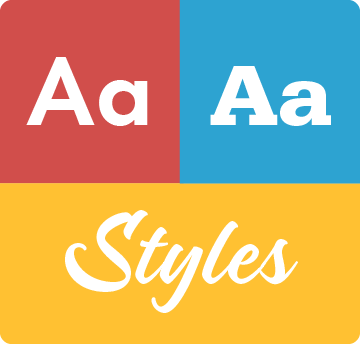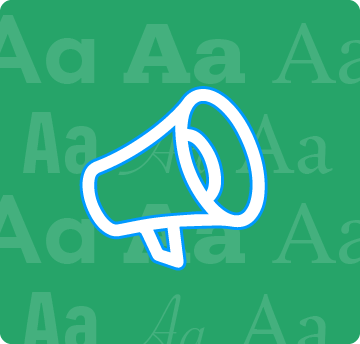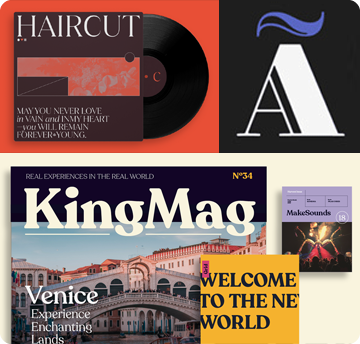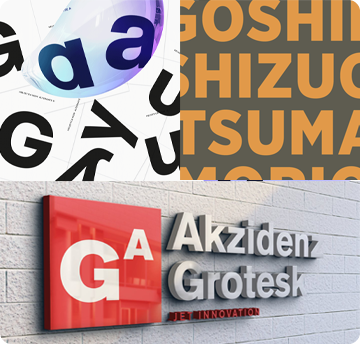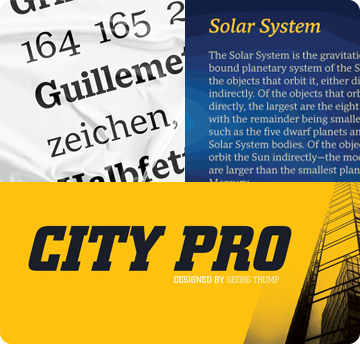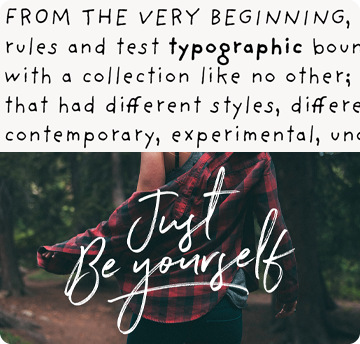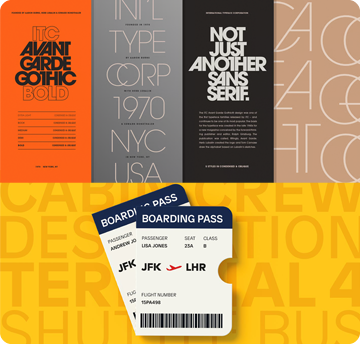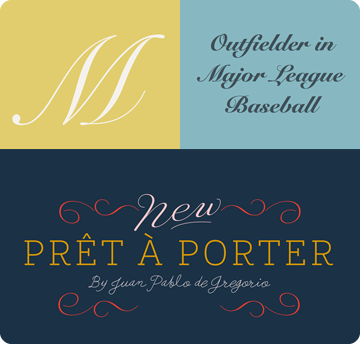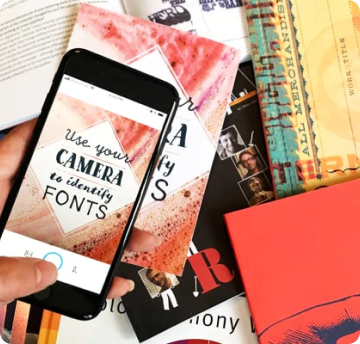Wählen Sie diesen Lizenztyp, wenn Sie eine App für iOS, Android oder Windows Phone entwickeln und Sie den Font in den Code Ihrer mobilen Anwendung einbetten.
Coleface™
von Roy Cole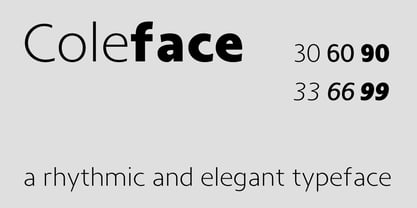
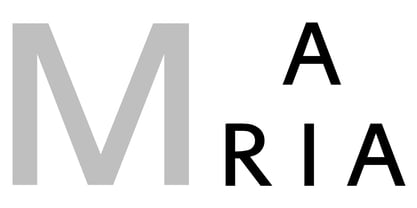
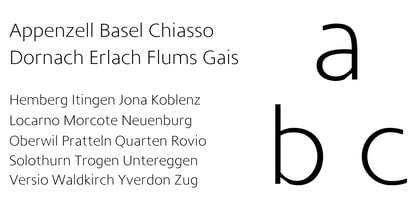
- Aa Glyphen
-
Bestes AngebotFamilienpakete
- Einzelschnitte
- Technische Daten
- Lizenzierung
pro Font:
$22.66 USD
Paket mit 6 Fonts:
$136.00 USD
Über die Schriftfamilie Coleface
Coleface was created by the British typographer Roy Cole, completed shortly before his death in 2012. It comprises six fonts: Coleface 30, 60, 90 and the italics 33, 66, 99. As with his earlier typeface families - Lina, Zeta and Colophon - Coleface is a highly-readable sans serif typeface that offers significant flexibility in terms of its potential uses. Roy Cole studied typographic design under the tutelage of Emil Ruder at the Gewerbeschule in Basel, at a time when typographic history was being made through the creation of a style that epitomized modernity. Consequently the principles of order, simplicity and legibility, fused with experimentation, became a hallmark of his practice, as exemplified in his last font Coleface.
Designer: Roy Cole
Herausgeber: Roy Cole
Foundry: Roy Cole
Eigentümer des Designs: Roy Cole
MyFonts Debüt: Jun 21, 2013

Über Roy Cole
Roy Cole typography was formed in 2003 by the British typographer Roy Cole (1932–2012); a foundry dedicated to the development of sanserif typeface families that are characterized by their strong legibility, rhythmic elegance and timelessness. Cole was the only British compositor to study at the Allgemeine Gewerbeschule Basel (Basel School of Design) under the tutelage of Emil Ruder, the master of modern typography. In the 1950s–60s, the Gewerbeschule was host to a particularly formidable team of tutors – Robert Büchler, Kurt Hauert, Armin Hofmann, and Ruder himself – creating a typographic style that attained world recognition. This phenomenon, known as ‘Swiss Style’, became a hallmark of Cole’s practice, and continues to influence the work of many designers today. Following his studies at the Gewerbeschule, Cole worked for Birkhäuser AG, Basel, and Zollikofer & Co. AG, St Gallen, before gaining employment with a number of large design companies in the UK. In 1981 he established Cole Design Unit, designing hundreds of books and book covers for a range of prestigious publishers, museums and public libraries including Phaidon, Oxford University Press, Royal Academy of Arts, Ashmolean Museum, and the Bodleian Library. In 2003 he formed his own type foundry, Roy Cole typography, to develop sanserif typeface families that are notable for their strong legibility, making them particularly suitable for book design: Lina (2003), Zeta (2006), Colophon (2009), and Coleface (2012). Roy Cole maintained a life-long friendship with his contemporaries – in particular Bruno Pfäffli and Adrian Frutiger (Atelier Frutiger + Pfäffli in Paris, France) and Helmut Schmid (Helmut Schmid Design in Osaka, Japan) – involving many years of correspondence, collaboration and studio visits.
Mehr lesen
Weniger lesen
- Wenn du dich für eine Auswahl entscheidest, wird die Seite komplett aktualisiert.



